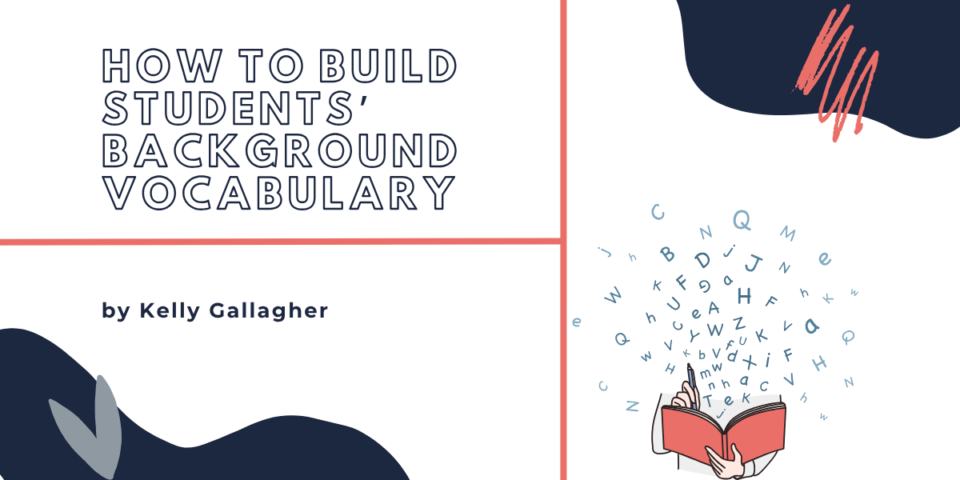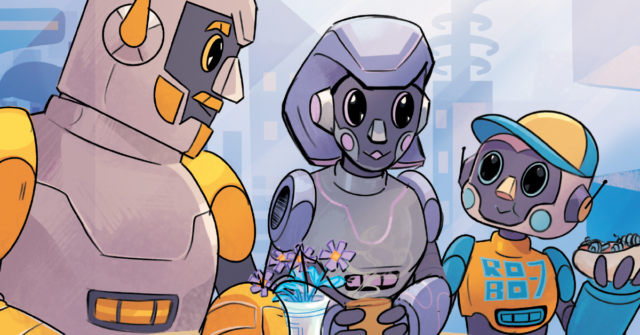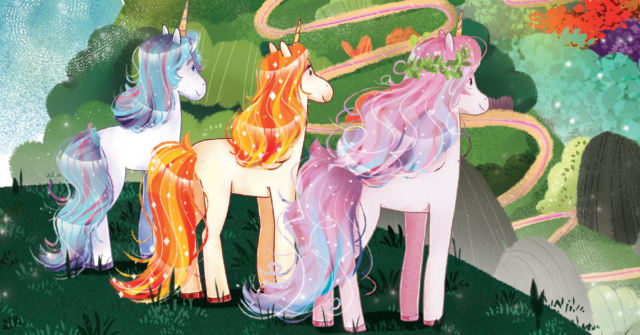
When thinking about how to build our students’ vocabularies, it helps to consider the following big ideas.
We Learn Words Incrementally
Sometimes when a student encounters an unfamiliar word, the context is very strong and they are able to make a reasonable guess as to its meaning. Take the following example:
His fatuous comments made it clear he didn’t know what he was talking about.
The context is strong enough in this sentence that a reader would most likely infer that fatuous means foolish, uneducated, or inane. But what if the reader’s first encounter with fatuous were found instead in this sentence:
They were tired of his fatuous comments.
Here, the context is much more ambiguous. From this sentence, the reader might logically but wrongfully infer that fatuous means inflammatory or long-winded. Or the reader might sort of get its meaning but need to see the word in other contexts before fully grasping it.
We Learn Words Through Multiple Exposures
It is the repetition that is important. McKeown et al. (1985) found that students who were exposed to a word twelve times were much more likely to learn it than students who had only four encounters. Shanahan (2016) notes that other studies “suggest that the number of repetitions needed to learn a word is about 10–15 times, with lots of variation—among kids and words. For example, poor readers may require 12–25 reps to ‘learn’ a word, while better readers may get away with only 8–12.” Readers learn words incrementally. Multiple exposures are necessary to move readers from partial to full ownership.
We Learn Words in Waves
Through extensive analysis of word usage, researchers know we learn new words in waves. In a 2022 conversation with vocabulary expert Elfrieda Hiebert, I learned that some words come to us as early readers and then are left behind. Balloon, for example, appears often in early-grade texts but is rarely seen in texts after grade five. Words like suffice and articulate, on the other hand, arrive in a later wave—they do not emerge until high school–level text. And then there are words that arrive early but stay with us—the word relieved, for example, emerges in third-grade texts and remains constant in grade-level texts through the twelfth grade.
The amount of words students learn in the early waves deeply influences how many words they may learn in the later waves. Hiebert suggests that readers who read at a 92 percent accuracy level or higher are much more likely to make meaning when confronted with unfamiliar words. Students reading below this threshold struggle as they do not have enough automaticity and word knowledge to figure things out.
It is critical that students catch the early word waves, for those who do will maintain an advantage through the later grades.
There is a Difference Between Word Breadth and Word Depth
Words have glue—they carry a wide array of positive and negative connotations with them. Would you rather be hefty, muscular, or brawny? They all have similar meanings, but they all have different connotations. Owning all three of them gives you the power to select just the proper nuance in the context of your writing or speaking. Or take the word plow, for example. If you are a farmer in Kansas this word may evoke a different meaning than if you are a yoga instructor. A person who clears snow off highways may understand plow on a different level than a fullback on a football team.
Having a broad vocabulary adds depth and nuance to your thinking.
We also want students to gain word depth. You can know a word at the surface level, or you can know the same word at a deeper level. Take a word like racism, for example. I know what the word means, but as a white person who has lived a privileged life, I do not understand the word at the same level as someone who has been victimized. The word evokes so much more than what’s written on the page.
Our words are saturated with meaning, and our knowledge of them, as Willingham (2017) notes, “may be shallow, deep, or somewhere in between” (78).
An indication that students are achieving word depth is when they demonstrate flexibility in using words—for example, if they use cut as a noun (“I put a bandage on my cut.”) and a verb (“He cut the paper.”). Students also illustrate word depth when they can use a word that has multiple meanings.
When You Learn One Word, You Learn More Than One Word
At a conference I heard Shane Templeton, an author and a leading thinker on vocabulary development, say that if you learn one word, you are really learning many words. Take the word help, for example. Once you learn it, you are positioned to learn helps, helped, helpful, helpless, unhelpful, helping, helper, and self-help. Words are not learned one at a time. Learning one leads to exponential growth.



